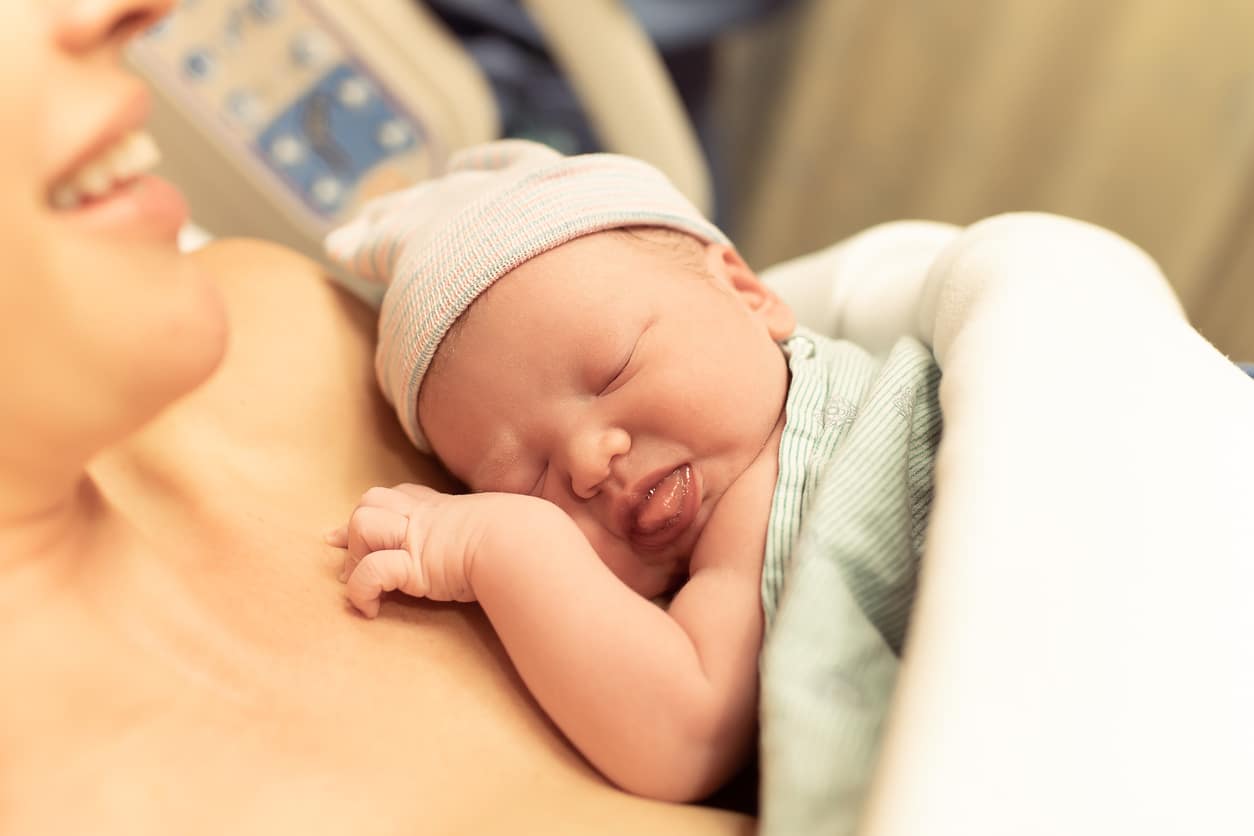Everything You Should Know About Your Child & Caput Succedaneum

Caput succedaneum is a condition that affects newborn babies. It is a swelling of an infant’s scalp and is often seen soon after delivery. It is most often associated with a long and difficult labor.
An infant’s skull is not fully formed in utero. It is soft, which allows the head to pass through the birth canal. While in utero, the infant’s head is protected by the amniotic fluid which surrounds the baby. Problems with amniotic fluid are often a sign of possible caput succedaneum during labor and delivery.
The longer the amniotic fluid is in place, the longer the baby is protected.
Causes of Caput Succedaneum
Problems can occur when the sac which holds the amniotic fluid bursts. If that occurs, there is little protection for the infant. The infant can bump against the mother’s body and that can cause damage. This can also occur if an insufficient amount of amniotic fluid is formed in the sac that protects the baby. This condition is called Oligohydramnios.
There are a number of issues associated with low production of amniotic fluid, including oxygen deprivation and birth complications. This is a condition that should be diagnosed before labor and delivery.
Other causes of caput succedaneum include:
- Pressure against the baby’s head during delivery; and
- Excessive or misuse of extraction or pulling of the infant during delivery.
A long delivery can be problematic. Prolonged pushing against the cervix or walls of the vagina can cause this condition. When forceps or vacuum extraction are used, the force or suction can cause the infant’s head to swell. Forceps or vacuum extraction may be used in a long or hard delivery.
Caput succedaneum can sometimes be detected while the infant is in utero. The condition can be detected as early as 31 weeks gestation via ultrasound. Early detection can help protect a baby during delivery and may affect the choices health care providers make during labor and delivery.
The condition appears most often as swelling on one side of the head or the other. It may present as a “pointed” spot on the scalp. Sometimes, the swelling is across the midline of the scalp. Still other times, the infant will present with bruising on the scalp.
Is Treatment Necessary?
The condition often disappears within a week or so with no treatment. An infant’s skull bones are not fully fused at birth. This allows the condition to clear most often of its own accord. Most of the time there are no long-term negative complications. However, a baby born with this condition will need to be monitored by their doctor for several weeks after birth. This condition can lead to other complications.
Other Possible Complications
Jaundice is the most common complication associated with caput succedaneum. Jaundice is a yellowing of the skin. It is caused by the presence of a high bilirubin blood count. Bilirubin is a yellow pigment naturally produced by the body during the normal breakdown of red blood cells. It is regulated by the liver.
The liver is not fully developed in a newborn. As the baby begins to feed outside the mother’s body, this helps clear the excessive bilirubin from the baby’s system. Jaundice in a baby should clear up within two to three weeks.
When jaundice does not clear, it can be associated with deafness, cerebral palsy, or other types of brain damage in an infant. The underlying causes may be associated with labor and delivery or may be associated with another medical concern.
Could Caput Succedaneum Be a Sign of Medical Negligence?
Labor and delivery are complicated. It is a time of risk. Although in modern times, much of the risk associated with maternal death has been diminished, risks are still present during the process. A mother trusts that her doctors will provide excellent care during this time. Most of the time this is the case.
Sometimes, however, health care providers make the wrong choice. They may wait too long to start a C-section or use too much force or suction in the extraction of an infant. If that has happened to you and your child during labor and delivery, you may have a claim for medical malpractice.
These problems can cause a new family to suffer increased medical costs, emotional distress, and other damages. There is help available should you need it. There is no reason to try to handle this on your own. Your first concern should always be the care of your family. An experienced medical malpractice attorney can give you peace of mind.
